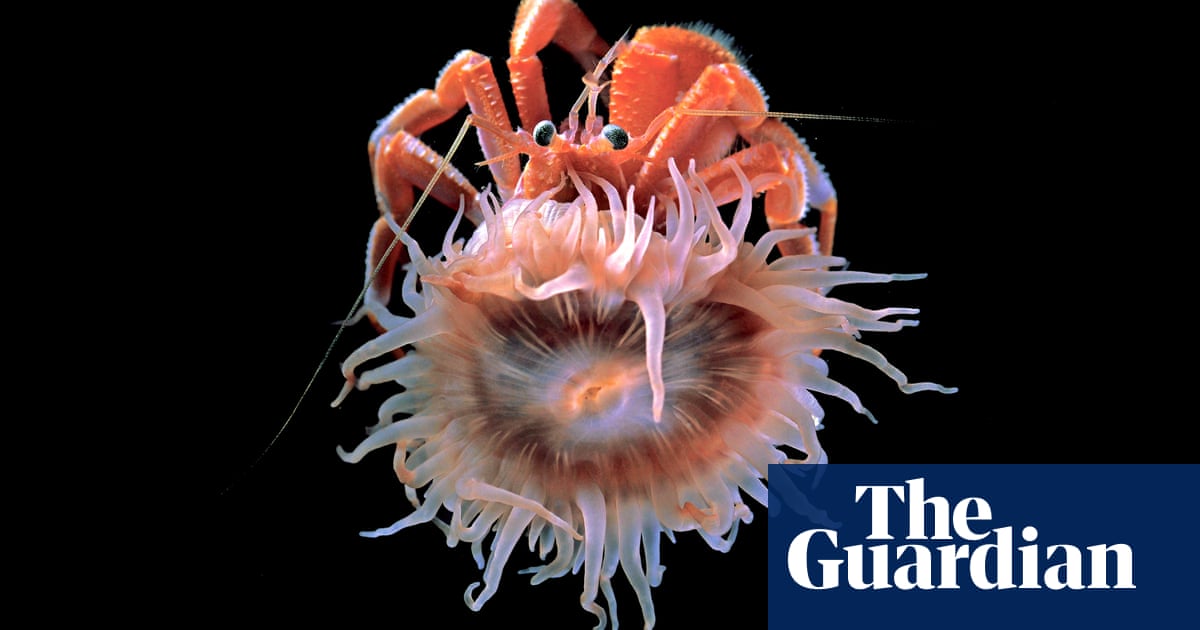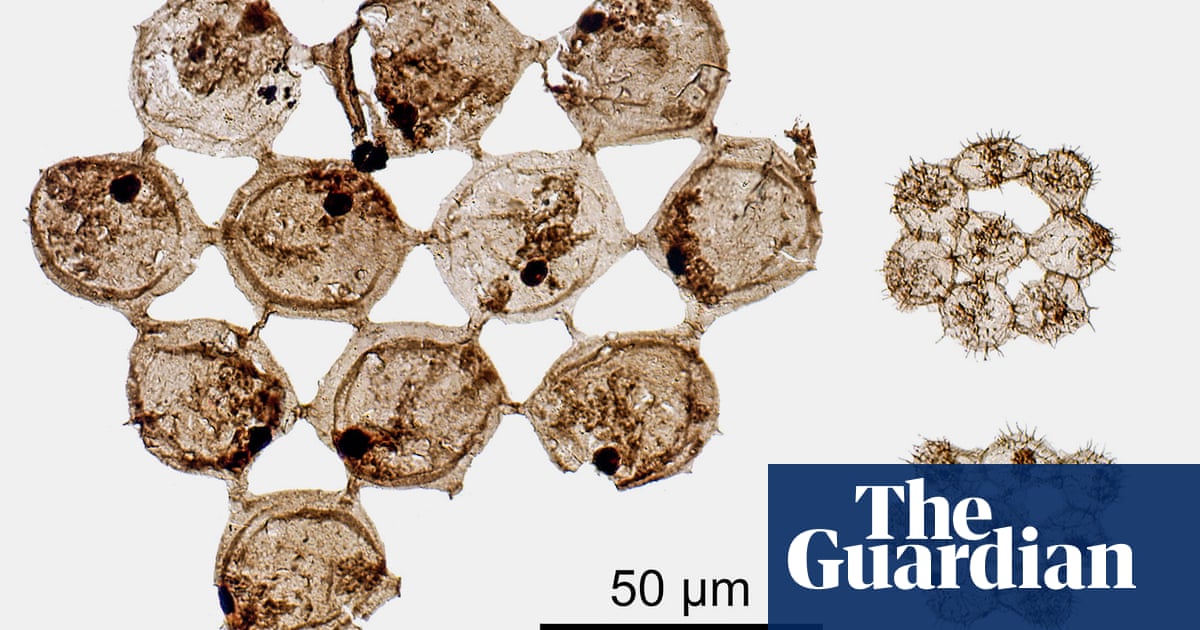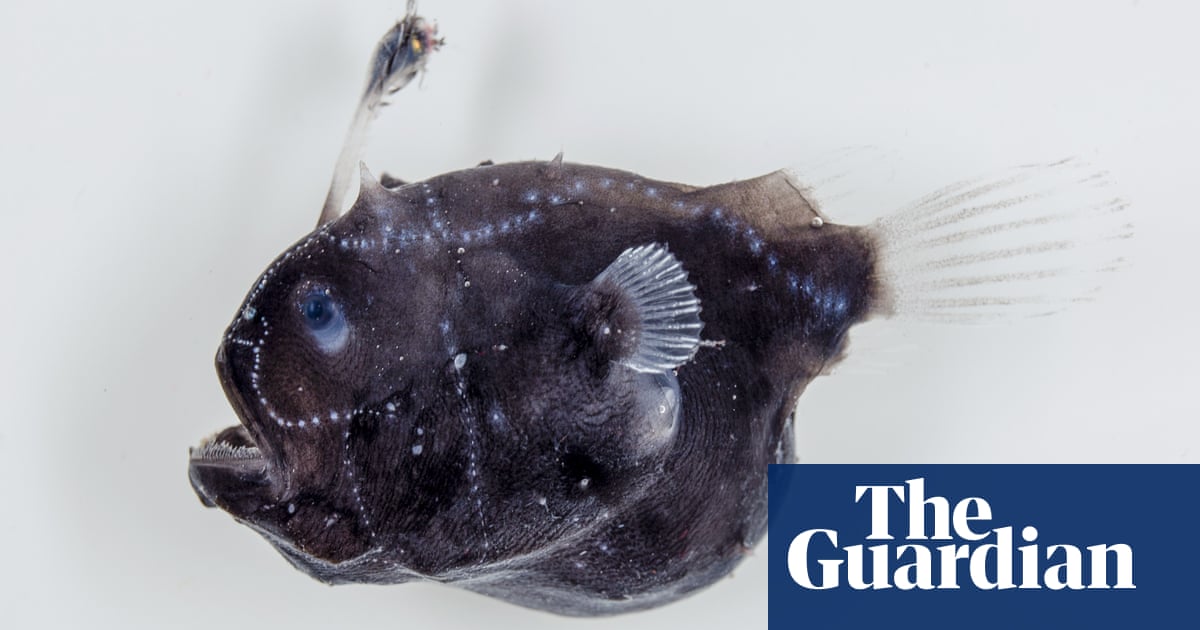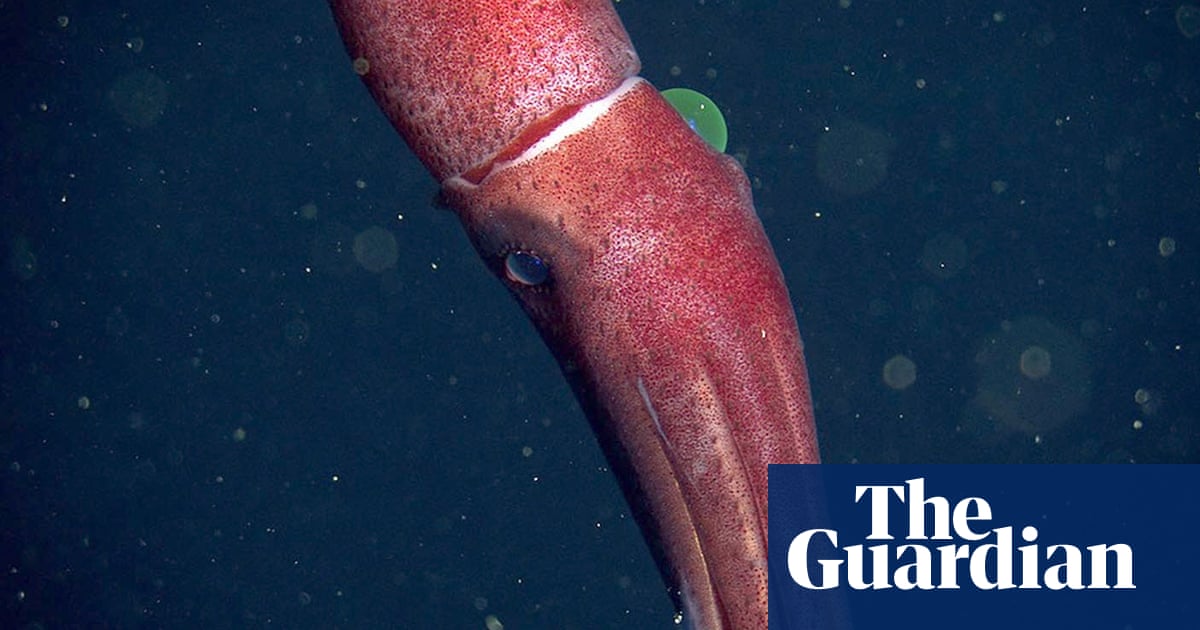
Wafting through the deep sea is a diaphanous creature that resembles a jellyfish, but is in fact something else entirely. Pelagothuria natatrix, meaning swimming sea cucumber, belongs to a group of animals better known for lying around on the seabed like giant, rubbery worms.
This sea cucumber was first named in the late 19th century, but for a long time it was only known from a few battered specimens brought up in scientific trawl nets. “They’re extremely fragile, almost to the point of being sort of intangible,” says Chris Mah, a biologist at the Smithsonian Institution in Washington DC. “The fact that they’re gelatinous makes them extremely difficult to study.”
In 2014, Mah sparked what he describes as a rediscovery of the species when he was looking through a database of deep-sea images and spotted an umbrella-like Pelagothuria that was mislabelled as a jellyfish. Until then, he says, only a handful of scientists were familiar with the species. Mah’s sighting encouraged others to look out for them during deep-sea surveys.
Three years later, a team of scientists working in the Pacific Ocean got a spectacular view of these gossamer creatures in their natural environment. Working on the research ship Okeanos Explorer, the team watched video footage of Pelagothuria beamed up in real time from a deep-diving robot.
During the course of nine dives, between American Samoa and Hawaii, they spotted close to 100 of these swimming sea cucumbers, at depths ranging from 196 to 4,440 metres and often in areas with very low oxygen in the seawater. Mah suggests this could be Pelagothuria’s tactic to avoid predators that are more oxygen-hungry and could easily suffocate.
How Pelagothuria survives in these challenging conditions is still a mystery, but it likely has something to do with its jelly body. Many animals living in the deep sea have bodies made mostly of water with a small amount of collagen mixed in. This gelatinous goo requires little energy to make and maintain, and so is ideal for animals living at depths where food is often scarce. Jelly-based animals are also inherently buoyant, so they needn’t waste precious energy and oxygen swimming vigorously to stay afloat; they can just drift around.
Out of roughly 1,200 species of sea cucumbers, Pelagothuria is the only one known to spend most of its time swimming. It uses the web encircling its mouth to propel itself through the water column.
Several other sea cucumber species are occasional swimmers. “They live on the bottom, but they can swim when they want to,” says Mah. The approach of a predatory starfish can stir a sedentary sea cucumber into action. Even a few brief seconds of awkward swimming can be enough to escape.
This could be how Pelagothuria’s ancestors started out, then evolving to be better and better swimmers until they adopted a full-time jellyfish lifestyle. It’s a case of convergent evolution in which distantly related organisms – in this case sea cucumbers and jellyfish – have solved challenges with a similar outcome.
“The gelatinous mode of life is definitely something that you see a lot of in midwater animals,” says Mah. “It is such a common adaptation that every organism will have its own story as to how it arrived there.”












